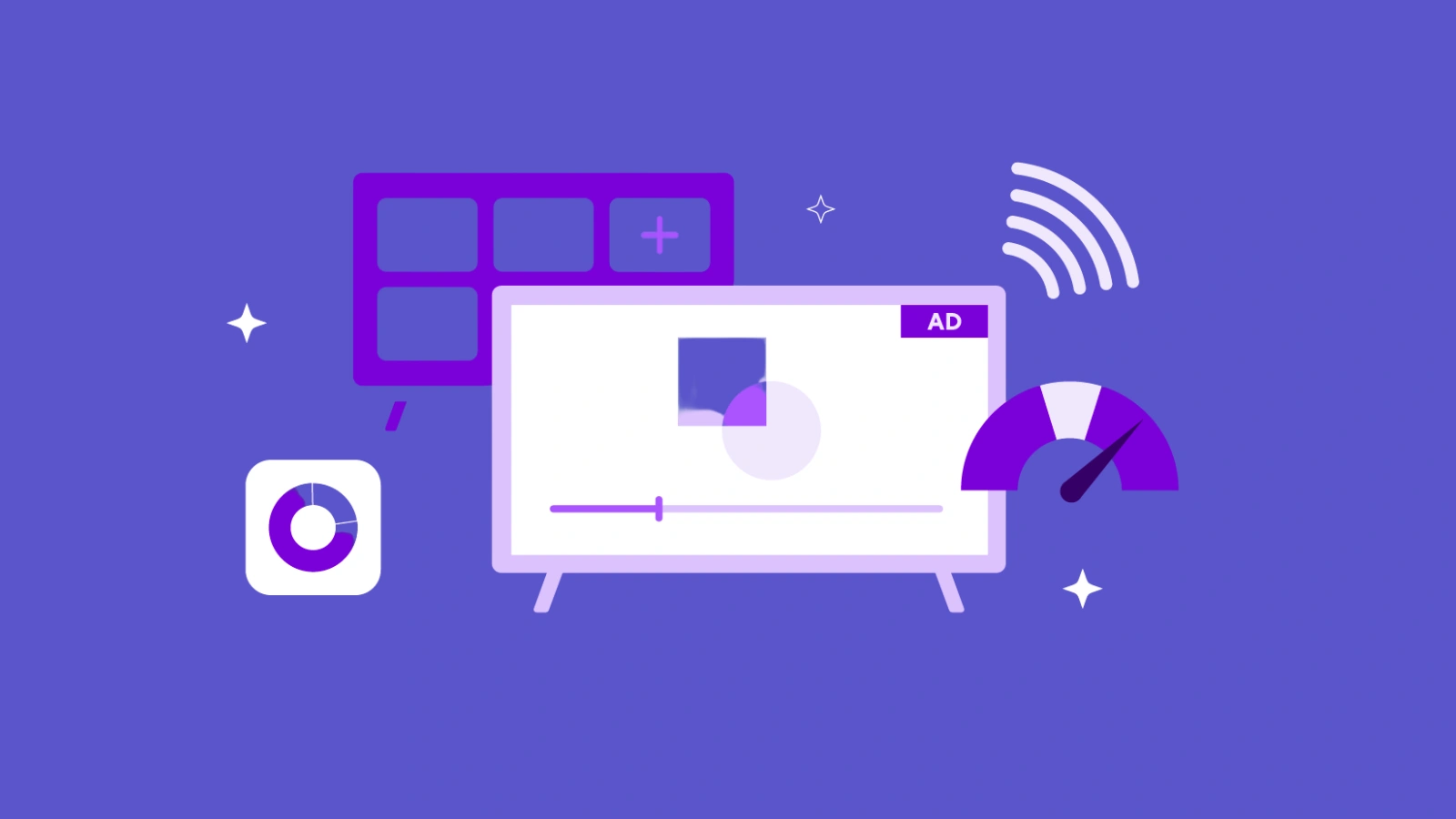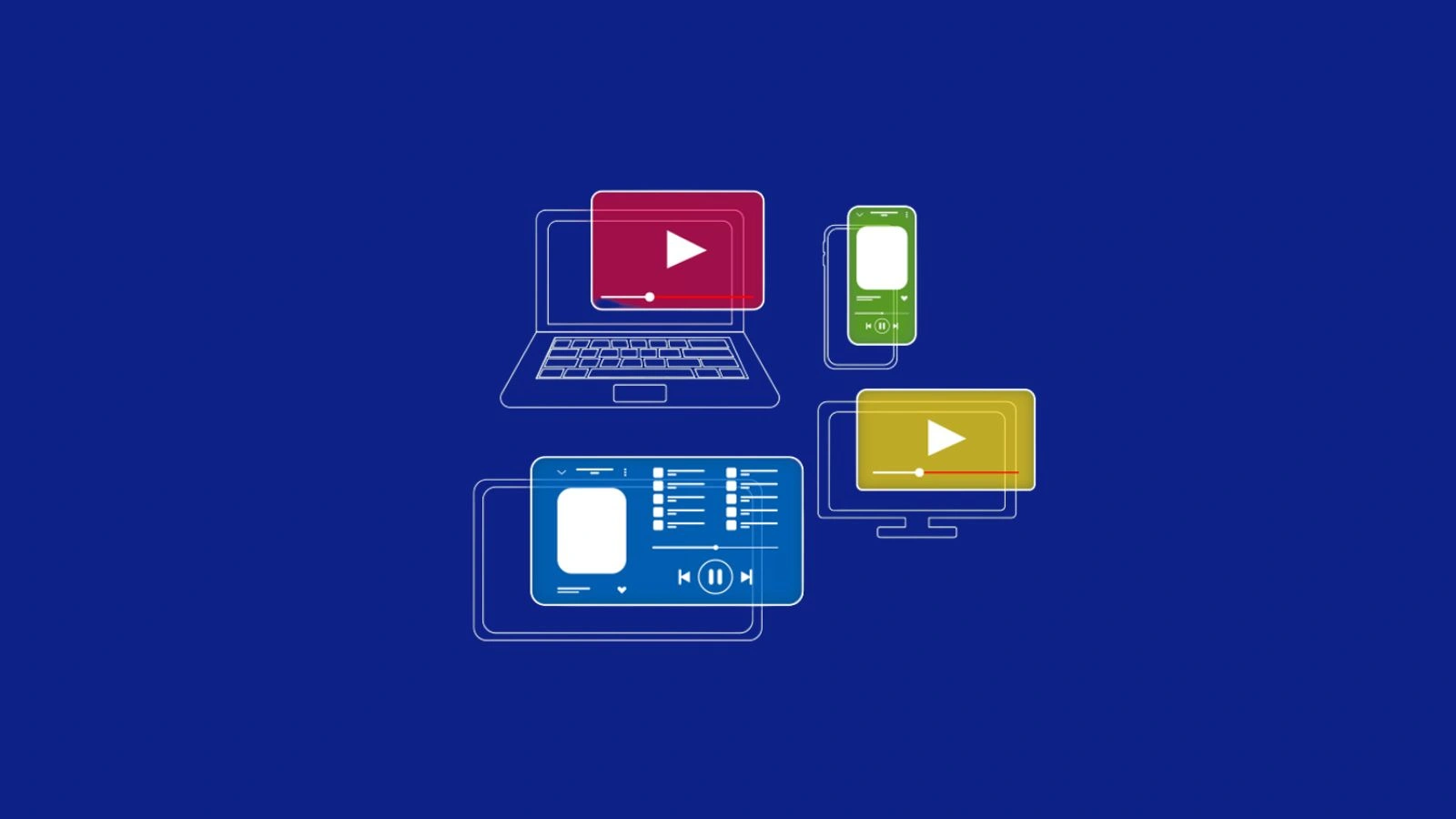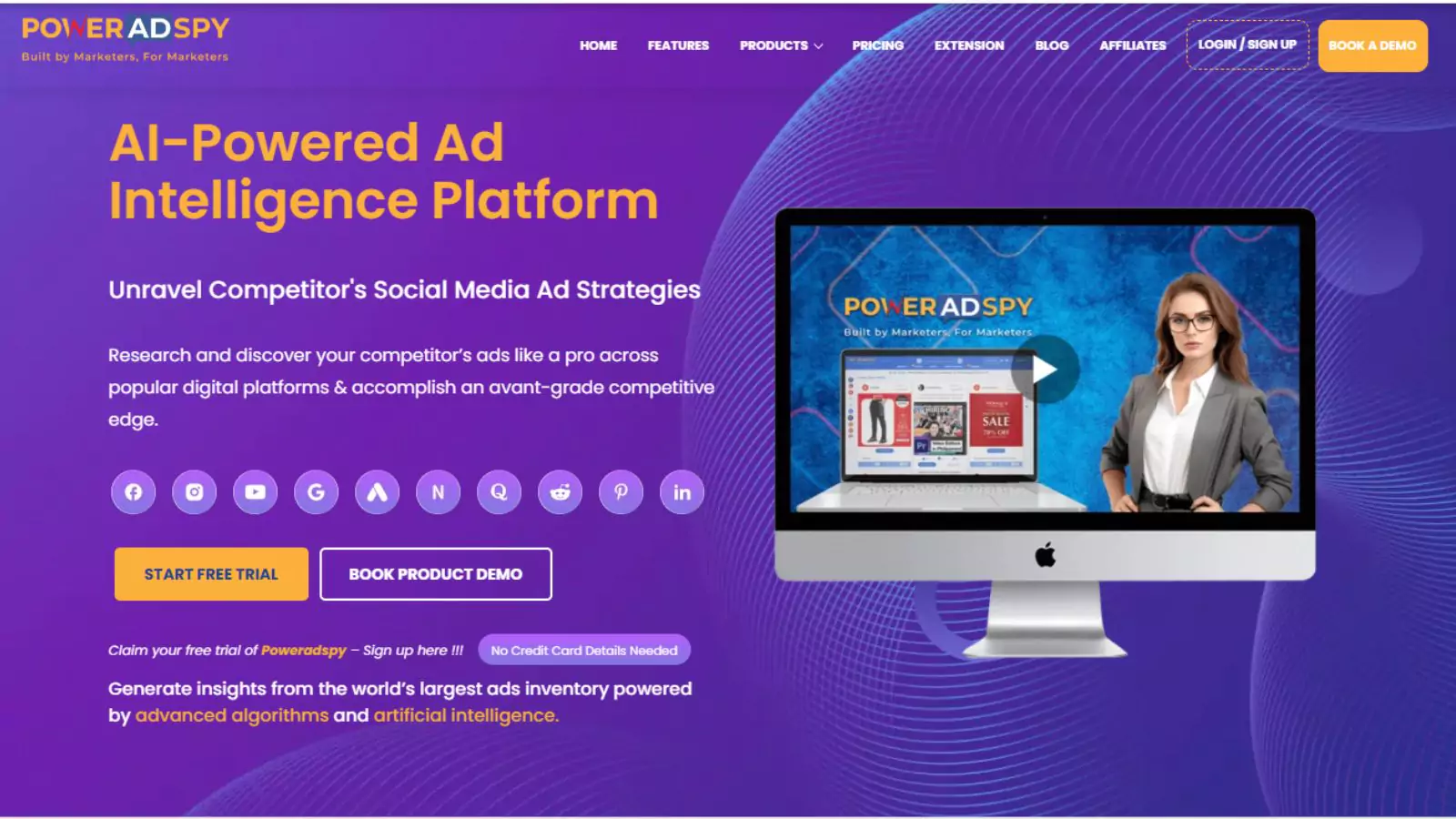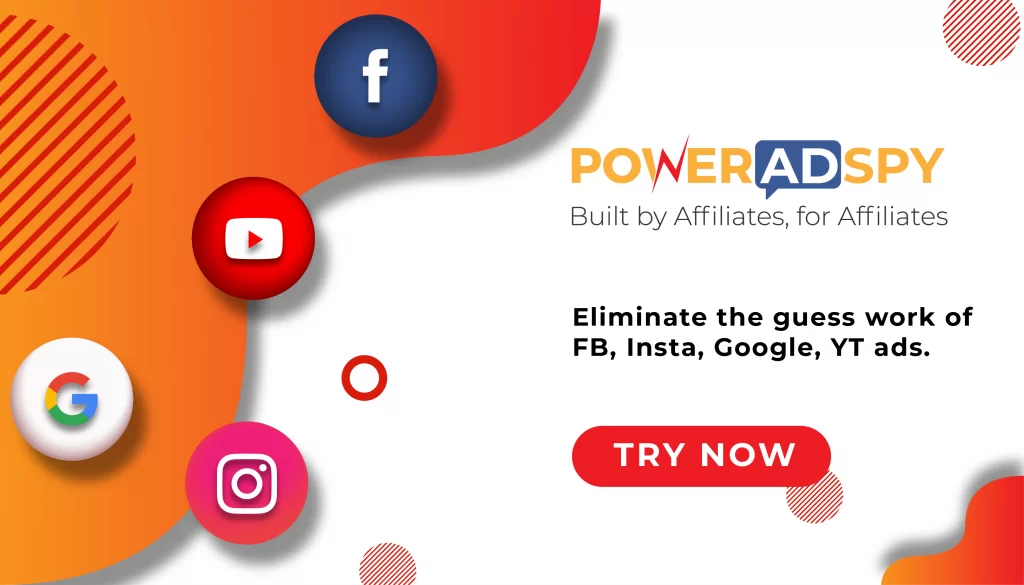What Are OTT Video Ads? Benefits, Types, And Challenges
In 2025, over-the-top (OTT) video advertising is experiencing a significant surge, driven by the increasing number of cord-cutters and the widespread adoption of streaming platforms. According to BIA’s forecast, local CTV/OTT ad spending is expected to grow by 20% from 2023 to 2025, reaching $2.8 billion. This growth underscores the importance of OTT video ads in modern marketing strategies.
As traditional TV viewership declines, advertisers are shifting their focus to streaming platforms, where audiences are more engaged and receptive to personalized content. OTT advertising offers hyper-targeted, measurable, and interactive ad experiences that traditional TV simply cannot match.
In this comprehensive guide, we’ll explore:
- What OTT Video Ads Are and How They Work
- Key Characteristics of OTT Advertising
- Benefits of OTT Video Ads Over Traditional TV Advertising
- Best Practices for Crafting High-Performing OTT Campaigns
- Challenges and Data Privacy Considerations
No time to read? Listen instead!
What Does OTT Mean In Advertising: OTT advertising definition
OTT or over-the-top advertising video ads are a type of advertisement delivered directly to viewers over the internet through streaming services, bypassing traditional cable or satellite TV. As one of the emerging types of advertisements, these ads appear on platforms like:
- Netflix (with ad-supported tiers)
- Hulu
- Disney+
- Amazon Prime Video
- YouTube TV
- Roku, Apple TV, and other CTV (Connected TV) platforms
Unlike traditional TV commercials, OTT ads can be targeted, interactive, and measurable, making them a preferred choice for performance-driven marketers.
How OTT Advertising Works?
OTT video ads appear in different formats, each serving a unique purpose in the viewer journey:
- Pre-roll ads (before content plays) – These are ideal for brand introductions since viewers are most attentive at content start.
- Mid-roll ads (during content) – Placed at natural breaks, these OTT video ads balance engagement and minimal disruption.
- Post-roll ads (after content ends) – Less intrusive but lower viewership; best for retargeting warm audiences.
- Interactive ads (clickable, shoppable, or QR-enabled) – The future of OTT video ads, driving direct actions like purchases or sign-ups.
Advertisers leverage first-party data (CRM, website behavior) and third-party data (demographics, purchase intent) to refine targeting. For example, a luxury car brand can serve OTT video ads exclusively to high-income households who recently searched for auto loans.
Now you know how does OTT ad works and What does OTT stand for in advertising, next we will learn about format diversity.
Why Format Diversity Matters In OTT Video Ads?
Unlike traditional TV’s one-size-fits-all approach, OTT video ads adapt to viewer habits. A 15-second pre-roll might boost awareness, while a mid-roll interactive ad with a discount code can drive conversions. Platforms like Hulu and Roku even allow sequential messaging, where a viewer sees different OTT video ads in a logical storyline (e.g., teaser → product demo → limited-time offer).
Now, you are familiar with OTT video ads, it is time to discuss the key characteristics of OTT ads.
Key Characteristics of OTT Video Ads
One of the biggest advantages of OTT video ads is their ability to target specific audiences with surgical precision. Unlike traditional TV, which relies on broad demographic assumptions, OTT platforms collect real-time viewer data, enabling advertisers to serve ads to the most relevant users.
How OTT Video Ads Use Data for Targeting?
OTT platforms use advanced data analytics to serve highly targeted ads. By analyzing viewer information, advertisers can deliver personalized messages that boost engagement. The key targeting methods include:
- Demographics
- Age, gender, income level, and household size help tailor ads to the right audience.
- Example: A luxury car brand can target high-income viewers aged 35-55.
- Viewing Habits & Interests
- Streaming platforms track what users watch, how long they watch, and their preferred genres.
- Example: A fitness brand can target users who frequently watch workout videos.
- Geolocation Targeting
- OTT video ads can be localized to specific cities, neighborhoods, or even ZIP codes.
- Example: A local restaurant chain can run ads only in areas where it operates.
- Behavioral & Purchase Intent Data
- Retargeting based on past searches, purchases, or browsing history.
- Example: An e-commerce brand can retarget users who abandoned their cart.
Interactive Ad Formats
Consumers no longer want to passively watch ads, they want to engage with them. This is where OTT Instream video ads shine, offering interactive formats that drive real-time engagement.
Top Interactive OTT Ad Formats:
- Clickable Overlays
- Viewers can click on an ad to visit a website, sign up for a trial, or learn more.
- Example: A streaming service ad with a “Start Free Trial” button.
- Shoppable Video Ads
- Allows instant purchases without leaving the streaming platform.
- Example: A fashion brand showcasing a dress with a “Buy Now” option.
- QR Code Integrations
- Viewers scan a QR code to unlock discounts, download apps, or access exclusive content.
- Example: A car brand running an OTT ad with a QR code for a test drive booking.
- Choose-Your-Own-Adventure Ads
- Interactive storytelling where viewers decide the next action.
- Example: A travel brand letting users “Explore Destinations” within the ad.
You have a deeper understanding of OTT video ads format and their characteristics, now let us dive into the benefits.
Recommended Reading
What are Instream Video Ads: A Simplified Guide
7 Popular Types of Advertisements To Help You Reach Your Audience
Benefits Of OTT Video Advertising
OTT video advertising has transformed digital marketing by offering capabilities that traditional TV simply can’t match. Here are the powerful advantages that make OTT ads a must for modern advertisers:
A. Enhanced Audience Targeting
Traditional TV ads are broadcast-based, meaning they reach a general audience. OTT ads, however, can be hyper-personalized, ensuring only relevant viewers see them.
Example: A fitness brand can target users who watch workout videos on YouTube or follow health influencers.
B. Higher Engagement Rates
Because OTT ads are non-skippable (in many cases) and contextually relevant, they achieve higher engagement than traditional commercials.
Stat: According to Innovid, CTV ads have a 95%+ completion rate, compared to 60-70% for traditional TV.
C. Cost-Effectiveness
With programmatic buying, advertisers can set precise budgets and bid for impressions efficiently, reducing ad spend waste.
D. Cross-Device Compatibility
OTT ads can be viewed on:
- Smart TVs
- Mobile phones
- Tablets
- Laptops
This multi-screen reach ensures brands connect with audiences wherever they are.
This far, we have covered a lot about OTT video ads, It is time to learn some best practices that you should be able to include in your OTT campaigns.
OTT Campaigns Best Practices That Drive Results
Creating a successful OTT video ad campaign goes beyond simply placing ads on streaming platforms. It requires a thoughtful approach that aligns with your marketing goals, speaks to the right audience, and adapts in real time. Here’s how to build a high-impact OTT campaign from the ground up:
1. Start with a Clear Objective
The first step in any successful campaign is defining what you want to achieve. Your goals will shape your targeting strategy, creative messaging, and performance metrics.
Building Brand Awareness
Focus on maximizing reach and impressions to ensure your brand stays top of mind. Ads should be visually striking and emotionally resonant to leave a lasting impression.
Generating Leads
Use interactive ad formats with strong calls-to-action—like sign-up forms, “Learn More” buttons, or quiz-based engagement—to move viewers into your funnel.
Driving Sales
Consider shoppable OTT ads that allow viewers to click and purchase directly from the video, creating a seamless path from discovery to conversion.
2. Use Smarter Audience Segmentation
The real power of OTT lies in its advanced targeting capabilities. Instead of casting a wide net, dig into audience data to personalize your outreach.
- First-party data from sources like your CRM, newsletter lists, or past purchase history can help you reconnect with warm leads
- Third-party data, such as interests, behaviors, and viewing habits, expands your reach to new, qualified audiences.
Example: A travel agency can retarget users who recently browsed tropical vacation packages but abandoned the booking process. With precise targeting, your ad can re-engage them with a time-sensitive discount or exclusive deal.
3. Design Ads for the Streaming Experience
Viewers engage with OTT content differently than traditional TV, and your ad creative should reflect that shift.
- Keep it short and impactful: Aim for 15–30 second videos that grab attention within the first few seconds.
- Optimize for mobile: Many OTT viewers are on mobile apps like Instagram Reels or TikTok. Vertical video formats and concise visuals improve viewing on smaller screens.
- Use a strong call-to-action: Tell viewers exactly what to do next—“Shop Now,” “Book Today,” or “Try for Free.” The clearer your CTA, the more likely they’ll follow through.
4. Test, Learn, and Adapt
Don’t rely on a single creative or format. Use A/B testing to discover what resonates best with your audience.
Try variations like:
- Interactive vs. standard video ads – Interactive formats often lead to higher engagement rates.
- Different CTAs – “Subscribe Now” may perform differently than “Start Your Free Trial.”
- Varying ad lengths – Test short-form and mid-length ads to find the sweet spot for completion and conversion.
Each test gives you valuable insights that can be used to fine-tune your campaign in real time.
5. Monitor Performance and Optimize in Real Time
OTT platforms offer rich analytics dashboards that let you track everything from view-through rates to click-through conversions. Don’t just set your campaign and forget it—use that data to make fast, strategic changes.
- Adjust bidding and targeting based on performance trends.
- Refresh ad creatives that are underperforming.
- Reallocate budget to placements or platforms delivering the highest ROI.
OTT advertising gives you the agility to pivot mid-campaign, ensuring your efforts remain aligned with your business objectives.
What Are The Emerging Trends In OTT Advertising?
OTT advertising is constantly evolving so you need to update with time. Now let us explore some emerging trends that you must know.
A. Programmatic OTT Ad Buying
Automated ad placements using AI-driven bidding ensure cost efficiency and precision targeting.
B. Shoppable & Interactive Video Ads
Platforms like Roku & Hulu now allow in-ad purchases, reducing friction in the buyer journey.
C. AI-Powered Personalization
AI analyzes viewer behavior to serve dynamic ad variations tailored to individual preferences.
D. Addressable TV & OTT Convergence
Traditional TV is adopting OTT-like targeting, blurring the lines between linear and streaming ads.
E. Privacy-First Advertising
With Google’s Privacy Sandbox and Apple’s ATT framework, advertisers must rely on contextual targeting and first-party data.
As these trends reshape how OTT campaigns are conceptualized and executed, tools like PowerAdSpy helps you keep pace. It allows marketers to spy on top-performing OTT video ads, analyze creative formats, understand targeting strategies, and identify rising trends before they hit the mainstream. Want to know what else PowerAdSpy offers? Let us dive into that.
PowerAdSpy – Ad Intelligence Software
Trusted by top marketers around the world, PowerAdSpy is a powerful ad spy tool that helps you discover, analyze, and replicate high-converting ads across 9 leading social media platforms—including:
Facebook, Instagram, YouTube, Google, Native, Reddit, Quora, Pinterest, and LinkedIn.
It gives you access to a massive and constantly expanding database of 500+ million ads from over 100 countries, updated daily to keep you ahead of the game.
Here’s what PowerAdSpy enables you to do:
Filter By Ad Positions
PowerAdSpy allows you to filter and research ads based on their placement, such as News Feed or Sidebar, so you can analyze which position performs best within your niche and optimize accordingly for higher conversions.
Complete Visibility
To give you crystal-clear insights, PowerAdSpy enables direct access to live ad posts right from the platform. This allows you to cross-check real-time engagement metrics and audience reactions so you’re not just guessing, you’re learning from what’s proven.
Narrow Down Your Searches
PowerAdSpy helps you streamline your ad discovery process. You can search using niche-specific keywords, advertiser names, or even competitor domains, giving you the power to view all ads run by a top-performing brand or advertiser.
Bookmark The Best Ads
Found a scroll-stopping ad you want to reference later? PowerAdSpy allows you to bookmark any ad you like and save it into your personal ad vault—making it easier to build a swipe file without searching twice.
Powerful Search Algorithm
PowerAdSpy is backed by a powerful search engine that lets you find ads using specific keywords, phrases, or themes. You can then sort them by engagement metrics like date, likes, shares, or comments to easily pinpoint what’s working.
Engagement-Oriented Details
Understanding what resonates is key, and PowerAdSpy helps you do just that. It delivers detailed insights into social interactions, allowing you to identify winning ads in your niche based on real user engagement.
Combination of Video and Image Ads
PowerAdSpy encompasses image and video ad formats, letting you explore what’s trending across styles. It also enables you to download video ads so you can use them for inspiration in your upcoming campaigns.
GEO-Targeted Insights
Need to know where your competitors are targeting? PowerAdSpy helps you uncover precise geo-targeting strategies, allowing you to align your ads with regions that show high conversion potential.
Call to Action-Based Sorting
CTAs make or break a campaign. PowerAdSpy enables you to sort ads based on their Call to Action, so you can discover which prompts are actually driving clicks, engagement, and conversions in your market.
While having the right tools is crucial for OTT advertising success, marketers still face significant challenges in execution. From combating fraudulent activity to navigating complex privacy regulations, these obstacles can undermine even the most well-crafted campaigns if not properly addressed.
Let’s examine the key challenges in OTT advertising.
Challenges & Data Privacy Considerations
While OTT video ads offer unparalleled targeting and engagement, advertisers must navigate key challenges, including ad fraud, inconsistent measurement, and strict privacy laws. Below, we break down these hurdles and provide actionable solutions to ensure compliant, high-performing campaigns.
A. Ad Fraud & Invalid Traffic
One of the biggest concerns in OTT advertising is the risk of invalid traffic, including bot-generated impressions that artificially inflate metrics. Fraudulent activity can waste budgets and skew performance data, making it essential to use verification tools to filter out fake impressions and ensure ads reach real viewers.
B. Fragmented Measurement
Unlike traditional TV, where metrics are standardized, OTT platforms often use different measurement methodologies, making it difficult to compare performance across channels. This fragmentation complicates ROI analysis and requires advertisers to rely on unified measurement solutions to consolidate data and gain accurate insights.
C. Regulatory Compliance (GDPR, CCPA)
With growing scrutiny around data privacy, advertisers must ensure their OTT video ads comply with regulations like GDPR (Europe) and CCPA (California). This means obtaining explicit user consent for data collection, providing opt-out options, and maintaining transparency in how consumer data is used. Non-compliance can lead to hefty fines and reputational damage, making privacy-first strategies a necessity.
Conclusion
OTT video advertising isn’t just riding the wave of digital disruption—it’s shaping the future of how brands connect with audiences. With hyper-targeted capabilities, measurable outcomes, and immersive formats, OTT ads offer a level of flexibility and relevance that traditional media simply can’t keep up with. Whether you’re a brand aiming to boost awareness, drive conversions, or reach niche audiences, OTT is a space you can’t afford to overlook.
As audiences grow more selective and attention becomes harder to capture, OTT video ads provide the precision to reach viewers right where they are on their favorite platforms, engaging with content they truly care about.
FAQs
How do I create an OTT ad campaign?
You can either go direct through streaming platforms (like Hulu’s self-serve ad manager) or use programmatic ad platforms and intelligence tools like PowerAdSpy to research what works before launching.
OTT meaning marketing – what does it signify?
In marketing, OTT refers to strategies that place video ads on streaming services. It enables brands to reach targeted audiences through personalized, data-driven campaigns beyond traditional media.
OTT marketing meaning: how is it different from traditional advertising?
OTT marketing means leveraging internet-based streaming platforms to deliver video ads. Unlike traditional TV ads, OTT marketing is interactive, trackable, and targeted—allowing advertisers to engage viewers more effectively and measure results in real time.










